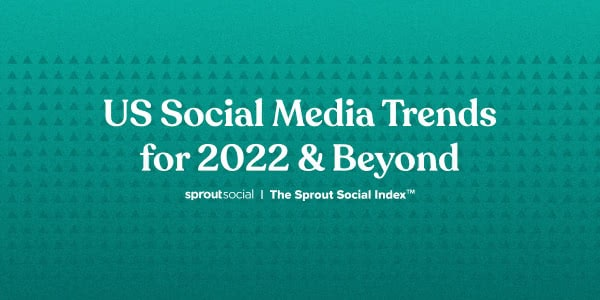The 2025 Sprout Social Index™ Edition XX
Social media is the center of everything—including your industry.
We surveyed over 4,000 consumers, 900 social practitioners and 300 marketing leaders to uncover why consumers’ relationship to social media is changing, and how marketers can break through the noise to create a memorable brand.
Use these reports to prioritize the work that will resonate most in 2025, build a stronger business case for social resources and map career paths that match where the future of social is headed.
What you’ll find in these reports
Culture ≠ chasing trends
Social is the epicenter of culture. Consumers want brands to understand the context of key cultural moments, not recreate every meme. Learn how brands can carve out their own cultural touchstones and provide a customer experience that exudes relevance.
AI proficiency is a lifeline
No longer just a shiny new toy, AI has emerged as a hero in the battle against creative burnout. Marketers rely on it to scale their productivity and creativity. Find out how AI will be the key to finally growing social teams and unlocking highly specialized roles in 2025.
The executive trust gap
Executives say they grasp the impact of social, but teams are skeptical. Marketers need more buy-in to access critical audience insights and competitive intelligence. Learn how to tell compelling data stories that weave together opportunity costs and metrics that matter most.
About the data
Explore past Index reports to see how far social has come





